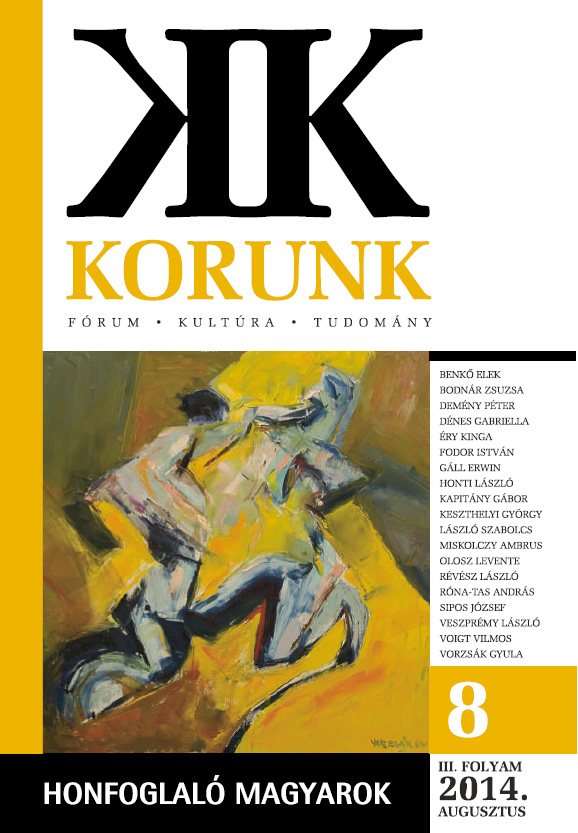A székely írás középkori és kora újkori emlékei. Régészeti és történeti megjegyzések
Medieval and Early Modern Documents of the Székely Runic Script: Archaeological and Historical Considerations
Author(s): Elek BenkőSubject(s): History, Middle Ages
Published by: Korunk Baráti Társaság
Keywords: Székely script; runic script; Khazarian script; Eastern-European runic script;
Summary/Abstract: The question whether, before the spreading of the Latin alphabet, old Hungarians also had their own alphabet, or did only the Székely people have one, in accordance with the general characteristics of their early history, which was somewhat different from that of the rest of Hungarians, continues to be asked not only by scientific researchers, but also preoccupies the public opinion of Hungarians, greatly interested in this subject. The present study argues that Runic script is mainly a legacy of the Székely people, which is why it even uses the term “Székely script” for its designation. According to the essential part of the study, the Székely runic script belongs to the Turkish (Khazarian) family of writing, similarly to the runic script of the Avarian Empire. Although the relationship between the former Avarian and the later Székely inscriptions has not yet been established, it seems that the connection between these two scripts is not direct and straightfor-ward. From the perspective of the preserved written documents, it seems that the Székely script was a script adapted to the needs of the Hungarian language already in existence in the Árpád period, and it can be surmised that Eastern-European runic scripts and certain Balkanic connections played an equally important role in its formation. We could not find any reliable evidence for the persecution of the Székely script as pagan legacy by the Christian Church. On the contrary, the written documents have been mostly preserved in churches, and runic script was also used by Christian priests and monastics. Our preserved documents do not attest its widespread “popular” use. The author of the study is currently working with other specialists on a critical edition of the documents of the Székely script.
Journal: Korunk
- Issue Year: 2014
- Issue No: 08
- Page Range: 65-74
- Page Count: 10
- Language: Hungarian

